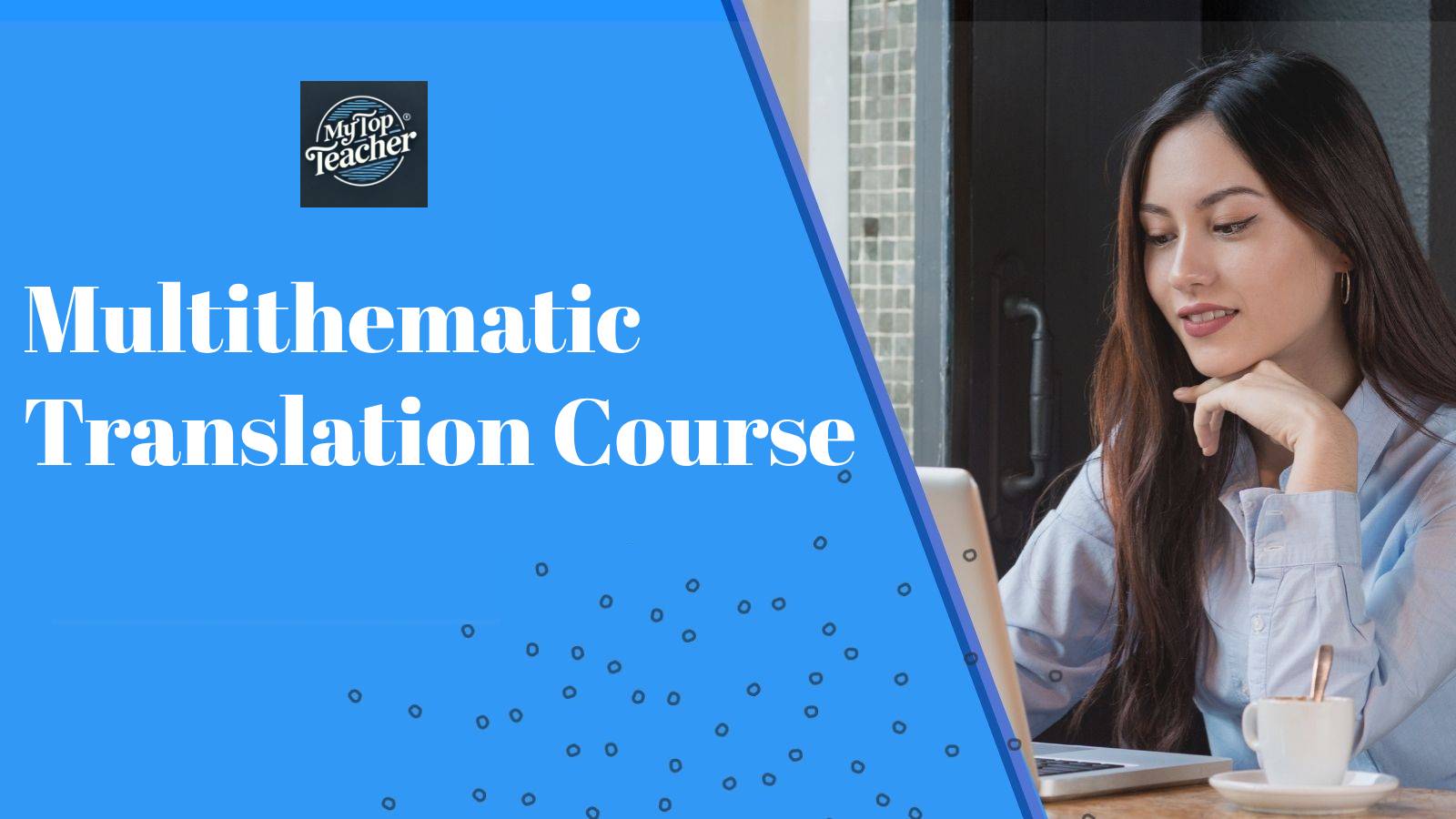Welcome to the Multi-theme Translation Course!
This course is designed to provide you with a comprehensive understanding of translation principles and techniques, focusing on practical application across a variety of subjects.
Course Structure:
- 30 hours of instruction, spread across 10 weeks
- Flexible pacing: We recommend dedicating approximately 3 hours per week, but you can adjust this to fit your schedule.
Required Resources:
- A high-quality bilingual dictionary (English-Spanish/Spanish-English) – Consider online dictionaries like WordReference or Collins for up-to-date vocabulary and usage.
- A comprehensive English dictionary – Merriam-Webster or Oxford English Dictionary are excellent choices.
- A comprehensive Spanish dictionary – Consider the Real Academia Española (RAE) dictionary or VOX Spanish Dictionary.
- A Spanish thesaurus – Online resources like WordHippo or Sinonimos.org can be helpful.
- Specialized dictionaries: Depending on your areas of interest, you may want to invest in dictionaries focused on specific fields (e.g., medical, legal, technical).
- Online resources: Utilize the internet and search engines to research terminology, context, and background information.
Course Outline:
- Comparative Analysis: The Word Level (English-Spanish) – Examining vocabulary, nuances, and cultural context.
- Comparative Analysis: Phrases and Expressions (English-Spanish) – Understanding idiomatic expressions and collocations.
- Comparative Analysis: Sentence Structure I (English-Spanish) – Analyzing grammatical differences and sentence-level transformations.
- Comparative Analysis: Sentence Structure II (English-Spanish) – Advanced sentence analysis, focusing on complex grammatical structures.
- Comparative Analysis: The Paragraph Level (English-Spanish) – Discourse analysis and maintaining coherence in translation.
- Translation Techniques – Exploring various methods like adaptation, compensation, and modulation.
- Translation Principles – Discussing accuracy, fluency, and cultural sensitivity in translation.
- Practical Translation Exercises – Applying learned skills to a variety of texts.
This online course is designed to be flexible and accessible, catering to diverse student needs. To enhance your learning experience, the course materials and activities are also integrated within the Google Classroom environment. This platform provides a centralized workspace for assignments, announcements, discussions, and resources, making it easier for you to manage your coursework and connect with instructors and fellow students. Therefore, ensuring you can access Google Classroom is essential for successful participation in this course. You will receive access to the Google Classroom environment upon registration.

